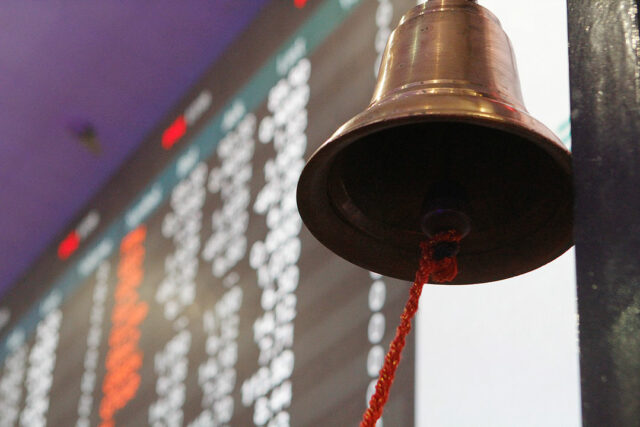Singapore’s burnout rate shows the price of success
THE SEARCH for success can be elusive, and possibly nowhere more so than in Singapore, one of the most competitive and overworked places on the planet. Long hours are the norm, a reputation it has built since the is-land-state gained independence from Malaysia almost 60 years ago and had to carve an identity for itself in an uncertain and scary world. Today, Singaporeans enjoy some of the highest living standards in Asia. But all of this has come at a price. It is also one of the most stressed-out societies. There is a silent epidemic of depression and mental health hiding just under the sur-face as citizens struggle to balance work, life, family, and their own private aspirations and dreams. Making it can mean huge personal sacrifices. Some have decided to opt out all together. Ashish Xiangyi Kumar is a 31-year-old retiree. He has a LinkedIn page that is a little different from most of his peers. Under his name and above the prestigious University of Cam-bridge mention it says, “Happily Free.”
He is also a Singaporean success story: Its top Indian student in 2004, and one of the highest scorers in primary-school leaving examinations. He studied at one of the most prestigious schools, winning a government scholar-ship to Cambridge, where he graduated second in his class with a law degree. He came back to Singapore to work in a prized government job, allowing him to earn a decent salary at a very young age. But he told Rice Media accomplishment to him is about more than just good grades, or the right job, or the amount in his bank.
His decision to retire at such a young age has prompted scores of Singaporeans to marvel at the path he has taken. Especially as the government has been raising the official retirement age every year. From 2026, employees can only be asked to retire when they turn 64, all part of a move to progressively increase the retirement age to 65 by 2030.
“Burnout culture is really strong in Singapore,” Hykel Quek, a senior writer at Rice Media who interviewed Kumar, told me. “People have been really supportive of what he is doing, but he also acknowledges that he is privi-leged. He received a government scholarship, has no debt or liabilities, and he’s not interested in a romantic relationship or having kids. So this life works for him.” It’s not a life that can work for the majority of us. Recent studies show that burnout culture in the city-state is at an all-time high, and much of that is due to the competitive work environment. There is also the stigma of seeking help for mental issues, which adds to the burden of depression and anxiety. Much of this begins from an early age, with expectations of having to outperform at school. Parents often add to the pressure from the education system by giving children tuition classes to increase their chances of getting into a good secondary school and university. It is a weight that continues through their lives, the demands of a society that typically has never rewarded the path less trodden.
Which is why Kumar’s story stands out. But the nomadic life he’s chosen — filled with writing, reading, long-distance hiking, and classical music — is also unrealistic to try and emulate. Singapore is not unusual in pressure-cooker Asian societies. South Korea and Japan have comparable rates of stress. The Singapore Dream, though, is heavily prescriptive — anyone choosing a different route is seen as a bit of an anomaly. The vast majority of Singaporeans get married in their twenties so they can apply for government-subsidized housing, then go on to attempt to have the recommended number of kids, buy a car for a small fortune, and reap the rewards of a conventionally successful life. Except that these days, fewer and fewer are choosing to have children because of how expensive they’ve become, and how stressful it is. As people hit the middle years, they begin to won-der what it’s all for. This is often when the dreaded midlife crisis hits, compounded by the feeling of purposelessness, and being stuck in their lives: Looking after young children and aging parents while trying to strike a balance be-tween work, family, and personal care.
It is an experience I have seen firsthand, juggling an aging and unwell parent with the demands of raising children in a highly demanding society. The city-state is facing a silent epidemic that needs to be addressed, but many are also reluctant to speak up about their mental health issues, because of the stigma around getting treatment. Admitting you need help is considered a weakness in many Asian cultures, and Singapore is no different, alt-hough thankfully this is changing among the younger generations.
The government is trying to improve things by introducing more flexible work, and encouraging employers to provide help for those who need it. Talking about mental health and the pressures of working life more openly would help. An acknowledgement that the route to success doesn’t have to be linear, and is paved with mistakes, would also aid to change expectations of what success looks like. Kumar is an outlier — but his story is one of hope and the path less traveled. More Singaporeans may be tempted to consider it.
BLOOMBERG OPINION















